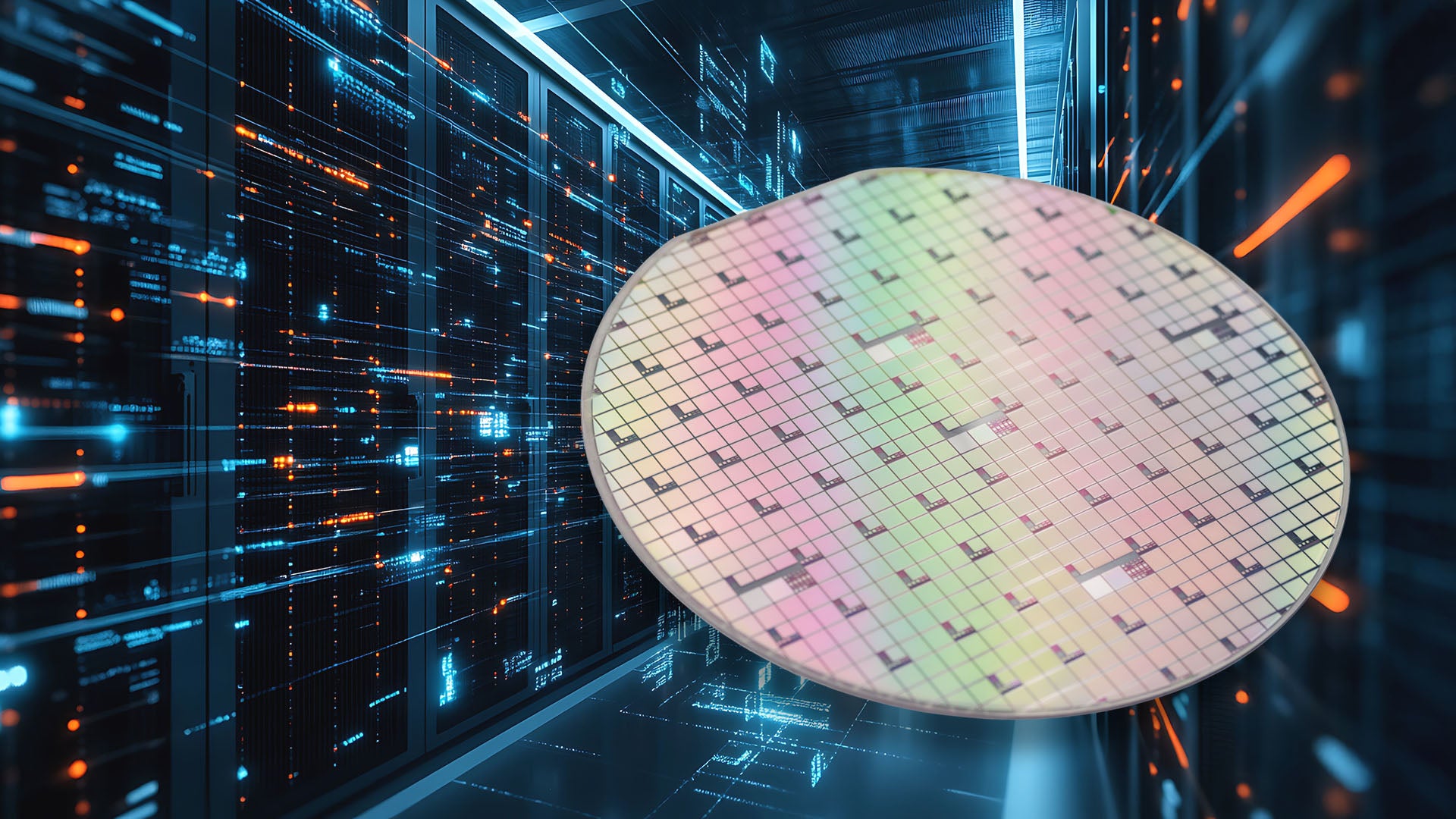Power electronics are undergoing a revolution driven by electrification, renewable energy, and AI data centers. onsemi is leading the charge with its innovative vertical GaN (vGaN) technology, delivering high-efficiency systems that redefine performance and reliability. This comprehensive FAQ answers key questions about vGaN and its impact on the imminent future of energy and power solutions.
Frequently Asked Questions (FAQ)
- What is vertical GaN and how is it different from other GaN technologies?
Today’s commercial GaN devices are typically built in a lateral structure, meaning that GaN is grown on top of a silicon or sapphire substrate. In the case of vertical GaN, GaN is grown on top of a GaN substrate. This vertical design allows current to flow straight through the chip rather than just across its surface, allowing higher current densities and operation at much higher voltages than lateral GaN devices and enabling switching frequencies much higher than silicon or silicon carbide (SiC).
- Why is it called “vertical’?
Vertical GaN is called “vertical” because of the way electric current flows through the device. In traditional (lateral) GaN devices, the current moves along the surface of the chip. In contrast, vertical GaN is grown on a GaN substrate, and its unique architecture allows current to flow straight through the chip – from top to bottom – rather than just across its surface. This vertical current flow enables the device to handle much higher voltages and larger currents, resulting in greater power density, higher efficiency, and more compact system designs.
- How does vertical GaN compare to silicon and silicon carbide (SiC)?
Vertical GaN offers a wider bandgap, higher electron mobility, and higher critical electric field than silicon and SiC. This results in higher switching frequencies, higher breakdown voltages, and superior efficiency. The Baliga Figure of Merit (BFOM) for GaN is approximately 1000 times better than silicon, and defect density is dramatically lower than lateral GaN devices.
- What makes onsemi’s vertical GaN unique compared to competitors?
onsemi is the first company to bring vertical GaN to market at scale, backed by over 130 patents and a dedicated R&D and manufacturing facility in Syracuse, NY. Its proprietary GaN-on-GaN process delivers unmatched performance, reliability, and efficiency.
- Why has no other company been able to bring vertical GaN to market at scale?
Manufacturing vertical GaN requires growing thick, defect-free GaN device layers on bulk GaN substrates—a process far more complex than standard silicon manufacturing. Precise epitaxy and novel fabrication techniques are essential, and even minor crystal defects can impact performance and reliability. onsemi holds over 130 global patents covering all aspects of device architecture and processing.
- Why is vertical GaN important for the future of electrification and AI?
Vertical GaN (vGaN) is important for the future of AI and electrification because it enables high-efficiency, high-power systems that are critical for managing the growing energy demands of technologies like electric vehicles, renewable energy, and AI data centers.
- What are the main benefits of vertical GaN?
Vertical GaN enables smaller, lighter, and more efficient power electronics for EVs, including inverters and fast-charging systems. Its high voltage and fast switching capabilities mean EVs can achieve greater driving range, faster charging, and improved reliability, supporting miniaturization of critical automotive components.
- How will vertical GaN help AI data centers?
AI data centers require high compute density and energy efficiency. Vertical GaN’s superior power density and efficiency reduce energy losses during power conversion, enabling higher performance and lower cooling costs. This allows data centers to pack more computing power into smaller spaces, supporting rapid AI growth while managing energy consumption.
- How does vertical GaN support renewable energy systems?
Vertical GaN enables more efficient solar inverters and wind energy conversion systems, maximizing energy capture and reducing losses. Its high voltage capability and ruggedness make it ideal for demanding renewable energy applications.
- What advantages does vertical GaN offer for aerospace and defense?
The technology’s compact size, high reliability, and ability to operate under extreme conditions make it well-suited for aerospace, defense, and security systems requiring rugged, high-performance power electronics.
Vertical GaN is a game-changer for power electronics, enabling compact designs, superior efficiency, and scalability for applications from electric vehicles to AI-driven data centers. As the first to commercialize vGaN at scale, onsemi is setting new benchmarks for high-performance systems.
Learn more about our breakthrough technology and explore solutions for electrification and advanced computing by visiting our Vertical GaN page.
